June 9, 2025 | 11:23 GMT +7
June 9, 2025 | 11:23 GMT +7
Hotline: 0913.378.918
June 9, 2025 | 11:23 GMT +7
Hotline: 0913.378.918
At the end of August, the mu oil fruits were ripened and black, and they dropped throughout the Truong Son mountain range in the northern communes of the Huong Hoa district (Quang Tri province). Before the sun rose, people were busy preparing brunches for a trip into the forest to harvest mu oil fruits. Only the elderly and children remain in the stilt houses of the Van Kieu ethnic people.
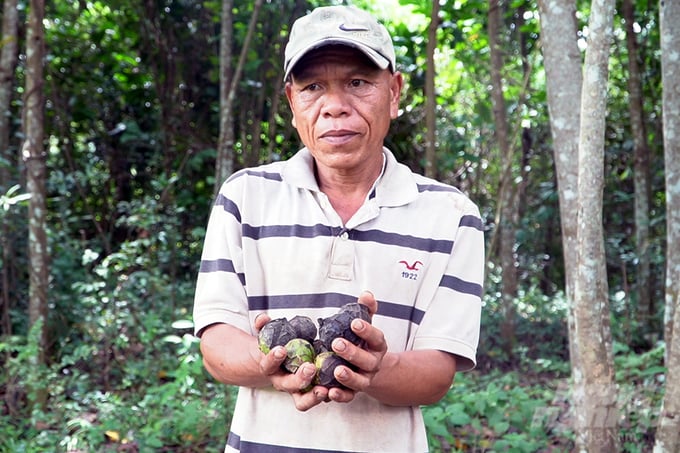
Mr. Tay has gone through countless mu oil seasons. Photo: Vo Dung.
This morning, Mr. Ho Van Tay, Malay-Pun village, Huong Phung commune (Huong Hoa district), took us to see a 4-year-old mu oil garden located approximately 100 kilometers from his home and 1 kilometer from the nearest forest. Under the sunlight that filters through the dense tree canopy, the orchard is brimming with emerald, wrinkly fruit clusters.
Mr. Tay walked around, gathered up the black ripe mu oil fruit that had fallen to the ground, and told us, "Yesterday, I picked the fruits, brought them home, tore the skin, and sun-dried the flesh before selling them to traders for VND 14,000-15,000 per kilogram of seeds."
This season, almost the entire population of Huong Phung commune and many communes in the northern portion of Huong Hoa district go to the forest to harvest the mu oil fruits. Mr. Tay never imagined that the produce that grew beneath the Truong Son mountain would help his family earn a livelihood and save enough money for his four children to attend college.
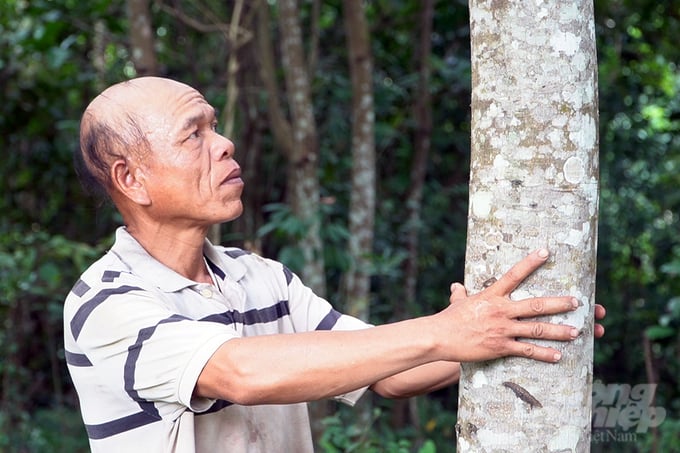
Thanks to the mu oil tree, Mr. Tay raised his four children to college. Photo: Vo Dung.
Mu oil is a native tree that grows in the mountainous communes of Dakrong and Huong Hoa districts (Quang Tri). There are 40 to 50-year-old trees that still produce 300 to 400 kg of fruit annually. Unfortunately, these mu oil trees are presently restricted to ancient forests only. In residential areas, the majority of trees are less than 10 years old and were recently planted.
Mu oil trees are abundant throughout this mountainous region. The primary road connecting National Highway 9 to Sa Mu Pass (Huong Phung commune) is tens of kilometers long, with both sides consisting of natural or human-planted vegetation for crop production. In addition to being scatteredly distributed amongst forest trees, some people cultivate mu oil trees densely in their forest gardens. Mr. Tay's family also cultivates nearly 2 hectares of concentrated mu oil in Malay-Pun village, which has recently begun to yield fruit.

Mu oil tree creates livelihoods for local people and is very useful as a hedge. Photo: Vo Dung.
About a few decades ago, in the northern communes of Huong Hoa district, there were still many ancient mu oil trees. But at that time, traders did not purchase mu oil seeds at exorbitant prices, as they do now. To sell timber, numerous individuals have cut down ancient trees in the fields. Each mu oil tree now costs the same as one ton of acacia timber. Mr. Bui Van Thin, Deputy Director of the Huong Hoa - Dakrong Protection Forest Management Board, did not know how to halt it, which was unfortunate.
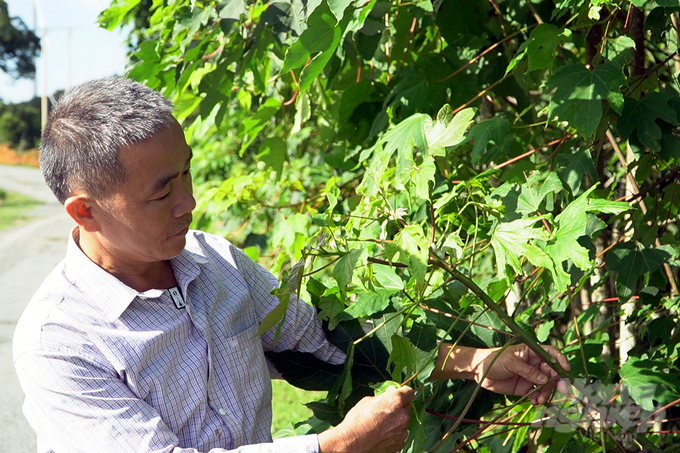
Instead of cutting mu oil tree as before, people in the northern communes of Huong Hoa district have grown mu oil to collect the fruit and sell it to traders. Photo: Vo Dung.
"The locals stated that they sold it to purchase rice and wine. When I arrived, the tree had already been felled. What is sad! However, this sad tale no longer occurs.", Mr. Thinh excitedly said.
Now, cars can reach the top of Cu Vo peak. Mu oil trees are not only cultivated on the slopes and along the paths of Huong Hoa land but also on the summits of the peaks. Intercropped with other vegetation, Euphorbia is cultivated. Wherever mu oil trees are present, the air is completely pure. The broad shadow cast by the mu oil canopy creates a layer of water-retentive vegetation beneath the forest canopy. Therefore, if a mu oil tree is at least 10 years old, there has never been a forest fire.
It is not difficult to observe groups of people carrying large containers as they emerge from the forest in the afternoon. On top of Cu Vo hill, Mr. Bui Van Thinh, Deputy Director of the Huong Hoa - Dakrong Protection Forest Management Board, drove us along the asphalted circular road. Then, he peered into the distance and stated, "These forests have been planted under 327,661 projects for more than three decades."
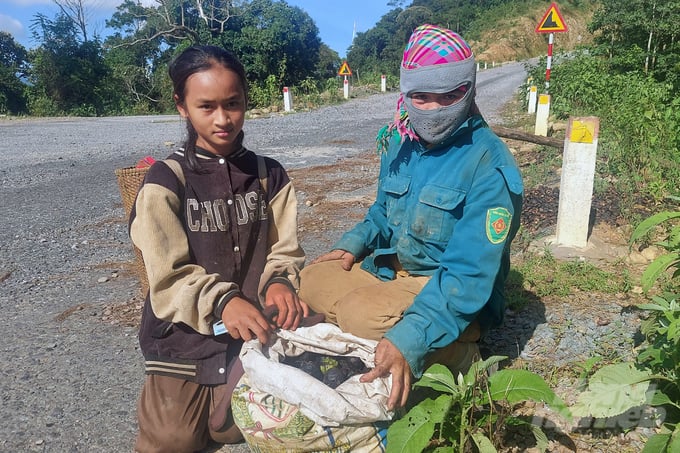
It is not difficult to see people going into the forest to pick up mu oil fruits to sell to traders. Photo: Vo Dung.
Although mu oil is not classified as a major forest tree, residents in the northern communes of the Huong Hoa district have been pressing the seeds for lighting since primordial times. The Huong Hoa - Dakrong Protection Forest Management Board has brazenly intercropped the Mu oil tree with other indigenous trees because it is ideally suited to this location and contributes to the people's livelihoods.
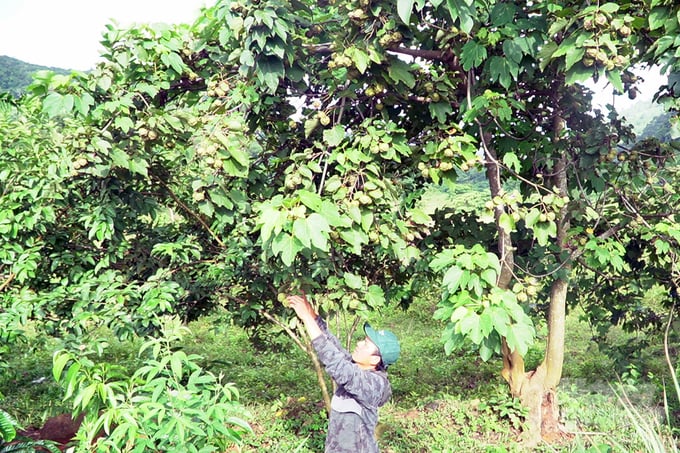
The mu oil tree needs to be treated with the value it brings. Photo: Vo Dung.
The Huong Hoa Protection Forest Management Board intercrops pine and black thingan with mu oil tree. Mr. Thinh calculated that with 2,500,000 hectares, 200 fruit trees per hectare per year, and each tree yielding 2kg of seeds, the annual yield would be approximately one thousand tons.
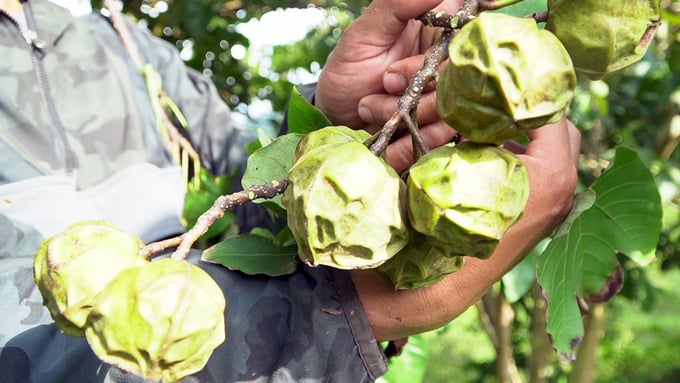
The market for mu oil fruit is getting increasingly bigger. Photo: Vo Dung.
Mr. Thinh's calculations indicate that intensive Trau forest cultivation with a tree density of 500 trees per hectare is the most reasonable option. After 3 years, the fruit can be harvested on average, yielding 5 kilograms of seeds per tree and 30-40 million VND per hectare per year. In addition to its protective function, the mu oil tree can, if correctly invested, absolutely aid in the alleviation of poverty.
Translated by Linh Linh
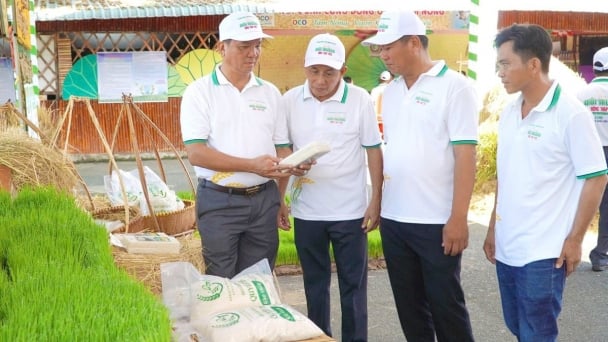
(VAN) Dong Thap has launched a meeting in response to the Action Month for the Environment under the theme 'Live Green - Join Hands for a Green Economy' at Tram Chim National Park.
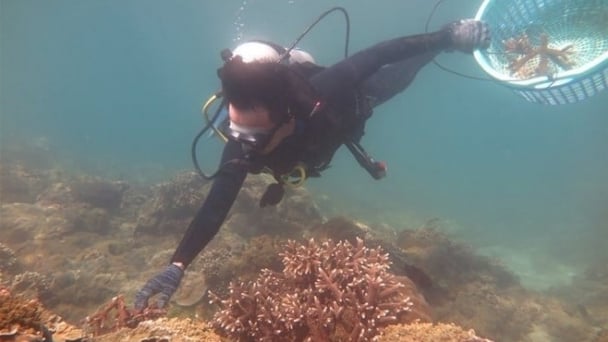
(VAN) The ocean has the capacity to absorb millions of tons of carbon, provided that mangrove forests, coral reefs, and biodiversity are protected.
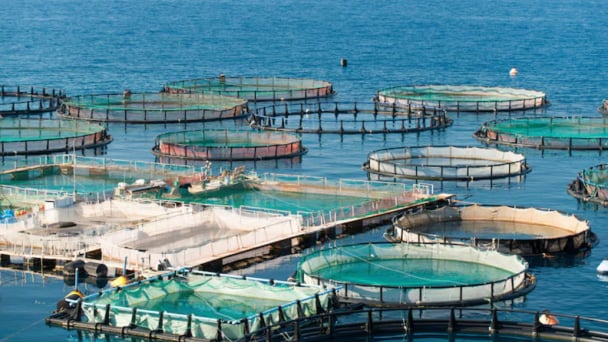
(VAN) Technology is redrawing the map of Vietnamese aquaculture: more modern, greener, and more sustainable.
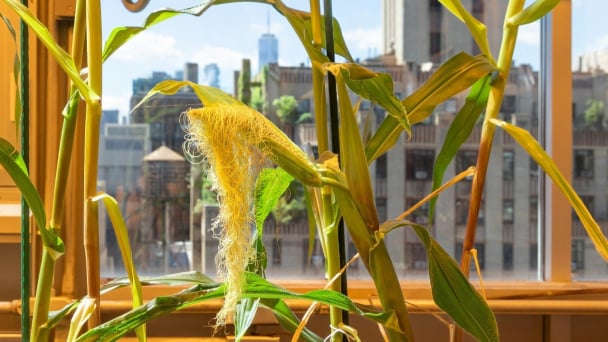
(VAN) Novel process harnesses machine learning to reveal groups of genes that determine how efficiently plants use nitrogen.
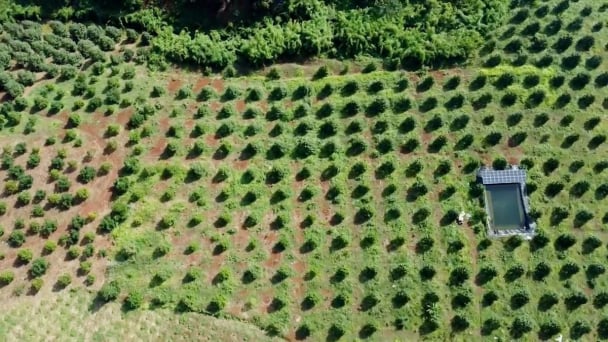
(VAN) Several scientists and farmers are experimenting with soil treatment in some key durian-growing regions such as Cai Lay (Tien Giang), Dak Song, Gia Nghia, and Dak R’lap (Dak Nong).
/2025/05/25/4127-3-073637_820.jpg)
(VAN) Thanks to the promotion from an FAO-implemented project, vegetable production in greenhouses in Moc Chau has seen strong development, from 1.5 hectares in 2021 to nearly 50 hectares in 2024.

(VAN) FAO has recently supported USD 140,000 to implement the project 'Risk mitigation human-animal interface risks through disease control initiatives in pig farming.'